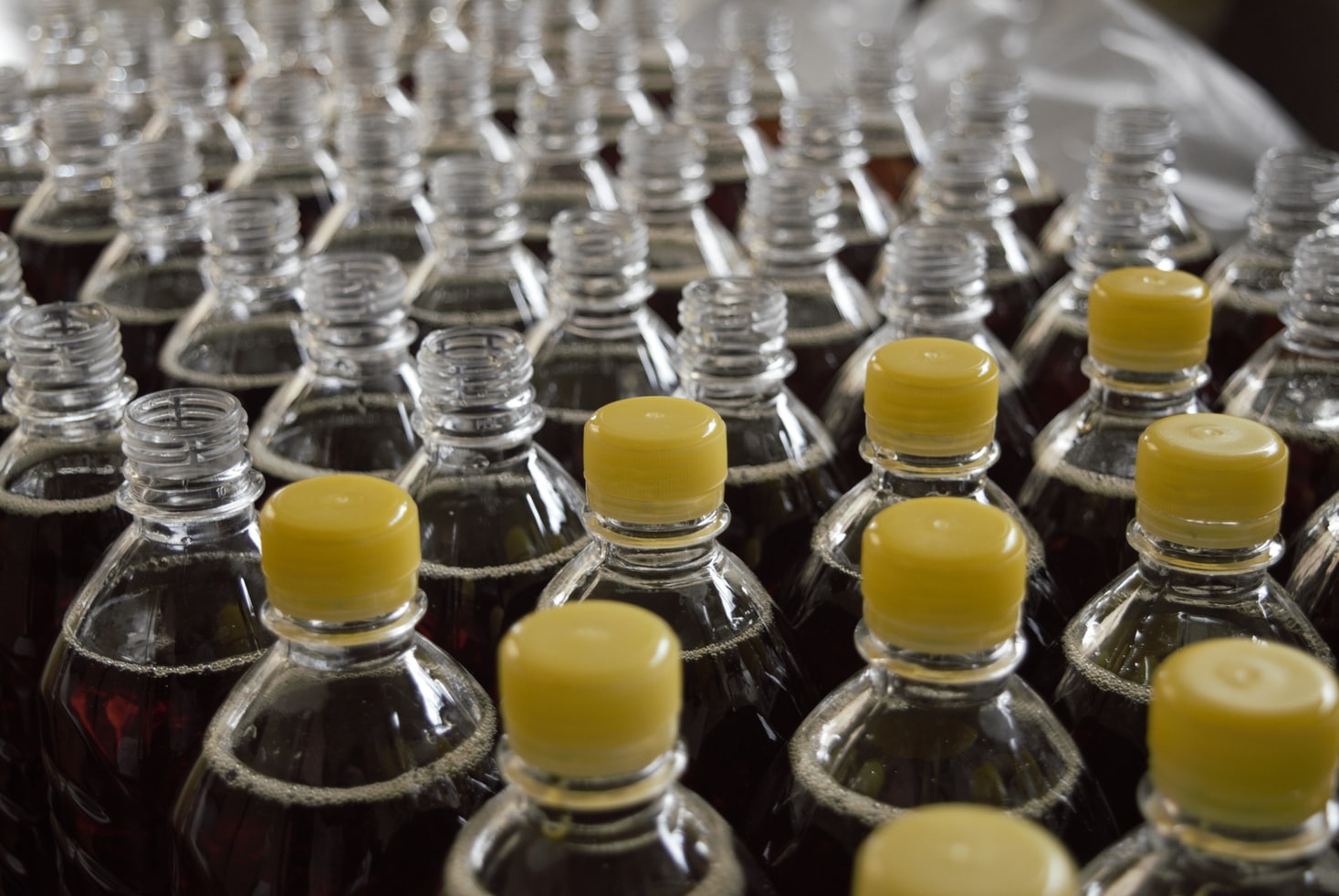Once you fill a bottle, you need to cap it. Right after the invention of bottle-filling machines, the need for the device that streamlines the packaging line was evident. Liquid producers and distributors created a bottle capping machine to make their processes more manageable. Along with the filler machine, capping machines used to be one of the initial industrial tools that went into mass production.
Every bottle filling company needs a specific capping machine featuring all the necessary characteristics to fit the dimensions and designs of the bottles it uses. Unlike bottling machines, they are high-precision tools that need a worker to predefine a filling pattern.
There are many different forms of automatic capping equipment machines, and they are usually specialized based on the structure of caps the bottles need. Automatic cappers are necessary for large production scales. However, even companies with low to medium production levels experience remarkable benefits from using an auto capper.
This article will list the seven essential benefits of a fully automated capping machine.
Speed
Whenever you upgrade from manual work to an automated machine, you’ll experience increased production speed. Fully automated machines can cap a remarkable number of bottles and various containers, especially compared to semi-automatic or manual tools. To make hand capping go anywhere near the speed of an automated machine, you’d need a massive increase in manual labor.
Additionally, manual capping tools and semi-automatic machines require an operator to work correctly. However, fully automated cappers can finish the entire process without human intervention. You will still need an operator to provide bulks of caps for your specific containers, and they’ll also need to start the machine. But it requires significantly less assistance compared to manual or semi-automatic capping machines.
Versatility
Typically, a fully equipped automated capping machine can handle various cap shapes and dimensions to use on different containers. Although some of them need adjustment in changing parts to fit multiple sizes, the process is straightforward. Many cap machines combine various capping strategies like screw-on closures and corks. The spindle snap capper, for example, lets you use both variations for your containers.
Moreover, customizing capping machines to fit your closure needs is usually easily manageable. Nowadays, all you need is one automatic bottle capping machine to handle every container closure type your production line may need.
Convenience and Ease of Use
Unlike a manual bottle capping machine, where an operator (or several of them) needs to work with the capper constantly, fully automated machines streamline the entire process.
After the initial setup, an automatic capping machine usually doesn’t need additional assistance from the operator. Since most auto cappers feature a delivery system for caps, the only thing an operator needs to do is make sure there are always enough bulk closures in the machine. They also monitor the entire capping process to ensure everything is working correctly.
The machine setup requires adjustments to make the bottle and cap dimensions fit perfectly. However, once it starts running, re-supplying bulk closures periodically are an essential part of an operator’s job.
Worker Security
Working with a manual capper includes an entire workday of pushing, twisting, and in many other ways sealing various bottles and containers. Manual work causes fatigue for the operators and causes inconsistent and unreliable sealing. Workers are prone to injury after making the same motions repeatedly for multiple hours during long shifts.
Even a semi-automatic machine will free the worker from twisting the caps and using force to seal the containers. A fully automated capper will entirely remove the necessity for manual labor and significantly increase worker security by lowering the likelihood of injury.
Product Security
No hand-operating machine can match the reliability of an automated capper. Auto cappers tighten and seal the caps consistently, which makes them far more reliable than their manual and semi-automatic cousins.
Your products will be well-secured, and there will be no leaking or spilling if you use a sophisticated auto bottle capping tool.
Reliability
You can’t have a reliable seal if you don’t seal each bottle the same way. It’s what an automated bottle capping tool will provide for your production line. With repeatable seals, you avoid serious issues like product spoilage, spills, or leakage inside the packaging.
Relying on the machine to seal the last bottle just as well as with the first one boosts your entire packaging process. It lets the operators focus on maintaining large production scales without worrying about the quality.
Seamless Integration
You may not need to start with a fully automated capper right away. However, as your production line grows, most companies decide to automate the most critical functions in their line. You may add automated toppers to your existing packaging line, or you can only add specific automated processes.
Integrating a new, automated capping system into your existing machinery is usually straightforward, quick, and doesn’t require a complete capping system change.

